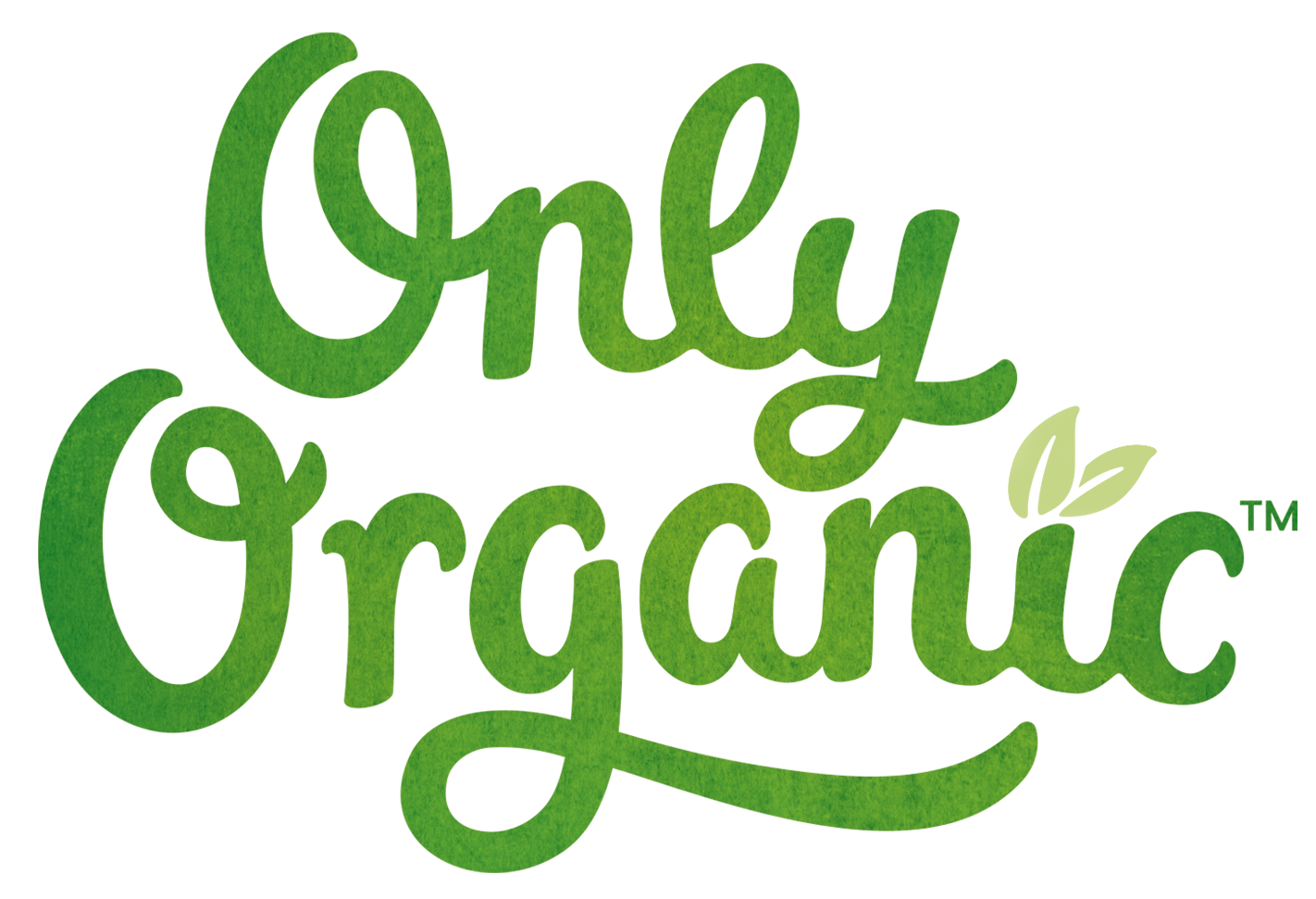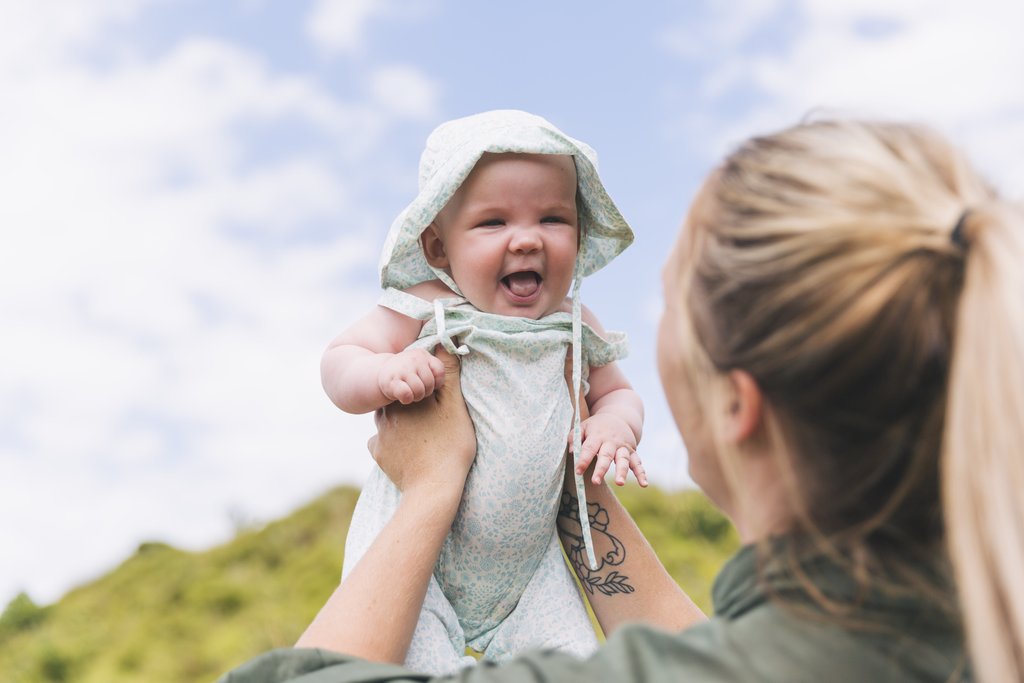BEST BABY SUNSCREENS FOR SENSITIVE SKIN
We love summer. Fun family days at the beach, parks and playgrounds, and longer evenings with picnic dinners outside. It’s vital to protect our little ones from the fierce sun when we’re spending more time outdoors. Their developing skin is delicate and sensitive, and sunburn in childhood is not only painful, it can increase the risk of developing skin cancers in adulthood. It’s important to wear wide-brimmed hats, cover up and choose a quality sunscreen.
For young babies, up to 12 months, it’s recommended to keep them covered in loose-fitting clothing and in the shade, as direct sun can be too harsh on their young skin.
Choosing sunscreen
This can be tricky. There are so many options out there. Following is a short guide to help you understand the options and find the right sunscreen for your family.
Broad spectrum sunscreen defends our skin from the sun’s UVA and UVB rays, which can burn, damage and prematurely age our skin.
Sun Protection Factor (SPF) measures protection against UVB rays, which is the main cause of sunburn. Look for sunscreens with SPF 30+.
Chemical sunscreen uses synthetic ingredients that absorb UV radiation. These ingredients may also absorb into our bloodstream via the skin and may cause health concerns, so some people choose to avoid these.
Barrier sunscreen uses mineral ingredients such as zinc oxide and titanium dioxide that reflect UV radiation. These sunscreens can leave white traces on the skin but are considered to be less harmful to our
skin and health. These sunscreens are sometimes known as natural sunscreens.
Read the labels some barrier sunscreens may contain chemical ingredients as well as mineral ingredients, so it’s important to read the labels and become familiar with desirable and undesirable ingredients.
Mineral UV filters are ingredients in barrier and natural sunscreens such as zinc oxide and titanium dioxide that work immediately on application and are gentle on skin.
AS/NZS 2604:1998 this refers to the Australian and New Zealand sunscreen standards – if this number is on the label, the sunscreen has met the independent testing.
Two hours reapply your sunscreen two-hourly, more if you’ve been swimming, exercising or if the sunscreen may have rubbed off (from using a towel for example).

